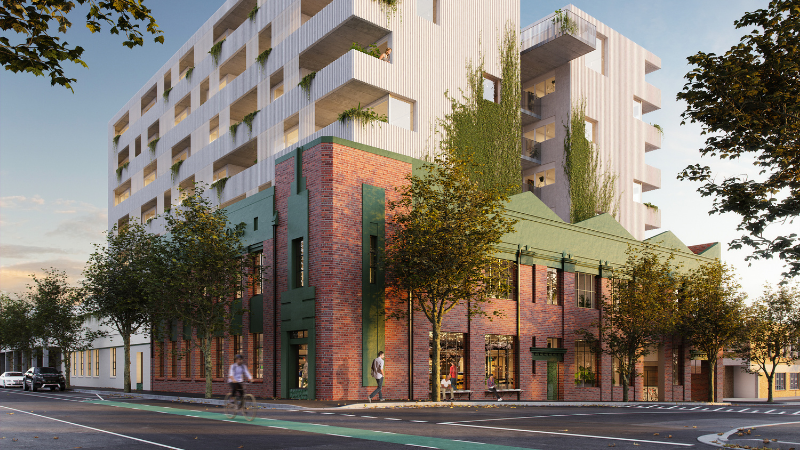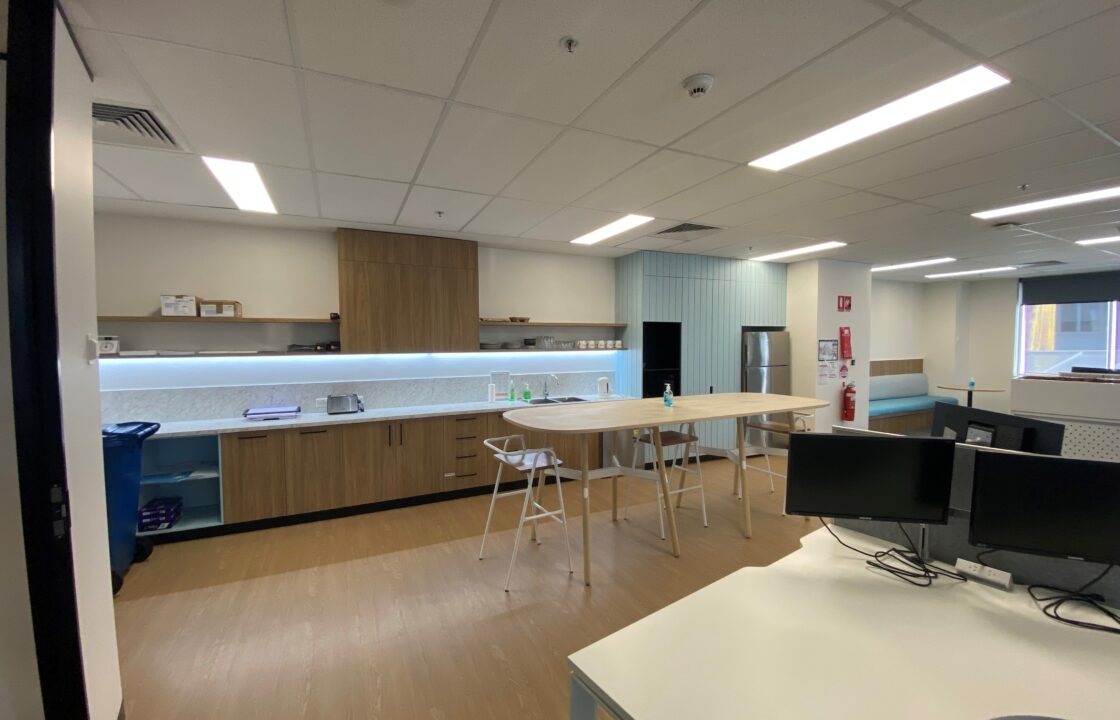
Unaffordable housing and congestion is contributing to a widening wage disparity and productivity slowdown in Sydney, according to an international research project.
The Australian Housing and Urban Research Institute-commissioned report has found a causal relationship between economic growth and productivity slowdown, and unaffordable housing and traffic congestion in some of Australia’s biggest cities.
The report revealed growing pains were forcing workers to move out of areas that potentially offered them a chance to earn a higher wage, research lead author Professor Chris Leishman said.
“There is growing statistical evidence that rising ‘quit rates’ due to unaffordable housing and long commute times are already affecting cities such as Sydney, London, Toronto and Los Angeles,” Leishman said.
“In those cities, frustrated demand for appropriate housing is leading to increases in the rate of 25- to 40-year-old workers leaving the metropolitan areas for smaller cities and towns.
“This limits local productivity growth by influencing labour supply, which causes losses in efficiency.”
AHURI’s latest research found a positive relationship between population and income was conditional on city population levels with cities of up to three million people more likely to experience economic growth than larger cities.
“Government has an important part to play in our cities … failure to manage the dis-economies of large cities—that is, the high housing costs and long commute times—will reduce productivity and redistribute income and wealth away from the productive sector of the economy,” Leishman said.
“To make large cities ‘work’ it will be essential to re-conceive housing policies as being, in part, concerned with real economic infrastructure to facilitate economic development.
“A second step is to move away from a narrow focus on the poorest households and the homeless and to set their concerns within a broader housing systems framework.”
 ▲ Assemble has launched its Key Worker Program setting aside seven dwellings at 393 Macaulay Rd, Kensington for moderate income key workers.
▲ Assemble has launched its Key Worker Program setting aside seven dwellings at 393 Macaulay Rd, Kensington for moderate income key workers.
While accommodating key workers in Australian cities has gained traction within the industry, more needs to be done to tackle affordability.
The 2021 Demographia International Housing Affordability report released earlier this year listed Sydney as the third-most unaffordable city in Australia, Canada, Hong Kong, Ireland, New Zealand, Singapore, United Kingdom and the United States.
Innovative Melbourne developer Assemble has launched its Key Worker Program as part of its rent-to-buy development at 393 Macaulay Road, Kensington.
Assemble managing director Kris Daff said seven properties had been set aside for key workers on moderate incomes with a 20 per cent concession on rental prices and a fixed five-year lease with the option to buy at the end of the lease.
“We have been collaborating with the City of Melbourne during the past three years to design our Key Worker Program that ensures our most essential workers have access to quality housing near their place of employment at a reasonable rental price,” Daff said.
University of Sydney research released last month showed there was a real problem in retaining key workers in big cities.
The research showed just two local government areas across Greater Sydney, and one in Melbourne had a median house price that was affordable to key workers on moderate incomes.
Research lead Dr Catherine Gilbert said the number of key workers living in inner city regions fell between 2011 and 2016, while outer suburbs and Wollongong, Newcastle and Geelong gained key worker residents.
She said it suggested key workers were moving away from expensive inner-city areas to less expensive outer suburban areas and satellite cities.
“This can lead to a shortage of more experienced workers in inner areas or to workers commuting long distances—which can exacerbate work-related stress and fatigue,” Gilbert said.
“Long distances between home and work can also limit the ability of workers to be ‘on call’ and respond quickly to emergency situations and spikes in service demand.”
NSW Transport’s Household Travel Survey figures released last year showed commuter pain was a problem across greater Sydney as commute times increased by up to 60 per cent.
This story first published in The Urban Developer –https://www.theurbandeveloper.com/articles/housing-affordability-traffic-sydney-ahuri-exodus?utm_source=TUD+-+Daily+Briefing&utm_campaign=8a8308da4a-EMAIL_CAMPAIGN_6_11_2021_9_36_COPY_01&utm_medium=email&utm_term=0_982c36d415-8a8308da4a-195654186



